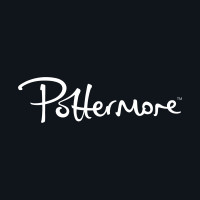
Extracted from Harry Potter Film Wizardry.
Crucial to Harry’s journey in Deathly Hallows was his discovery of those Deathly Hallows. In J.K. Rowling’s book, this information was delivered through a story read in The Tales of Beedle the Bard, a book bequeathed to Hermione by Dumbledore.
Director David Yates, production designer Stuart Craig, the tale’s director Ben Hibon, and Dale Newton, sequence supervisor for Framestore (Europe’s largest visual effects studio, which animated the Hippogriffs, centaurs and house-elves among many other important aspects of the Harry Potter films), decided to render the story in a separate animated sequence, collaborating to find just the right elements to tell this fable-like tale.
‘We knew it was going to be stylised and told very graphically,’ Newton said in an fxguice.com interview, ‘but not exactly how. Then the producers suggested creating something in the vein of Lotte Reiniger. What we got out of that was a certain simplicity and naivety.’
Reiniger was a German-born animator who worked from the 1930s though the 1950s making mostly short films based on fairy tales and classic stories. Her animations were distinguished by their use of hand-cut paper silhouettes and lyrical, elastic movements.
As he was also inspired by Asian shadow plays, Hibon proposed merging the two styles. It worked. The final touch was laying a grainy paper texture coloured with sepia tones over and behind the animated figures.
‘When we designed the characters, we tried to purposely design puppets. We should feel as if we’re watching a very clever puppet show and not a traditional animated movie,’ explained Newton in an Animation World Network interview.
‘We were so very conscious that the attitude of the characters had to be read through their entire pose. The silhouettes also enabled us to play on a certain theatricality. The hands do so much of the talking – Death’s hands, for example, are almost as expressive as his face.’




